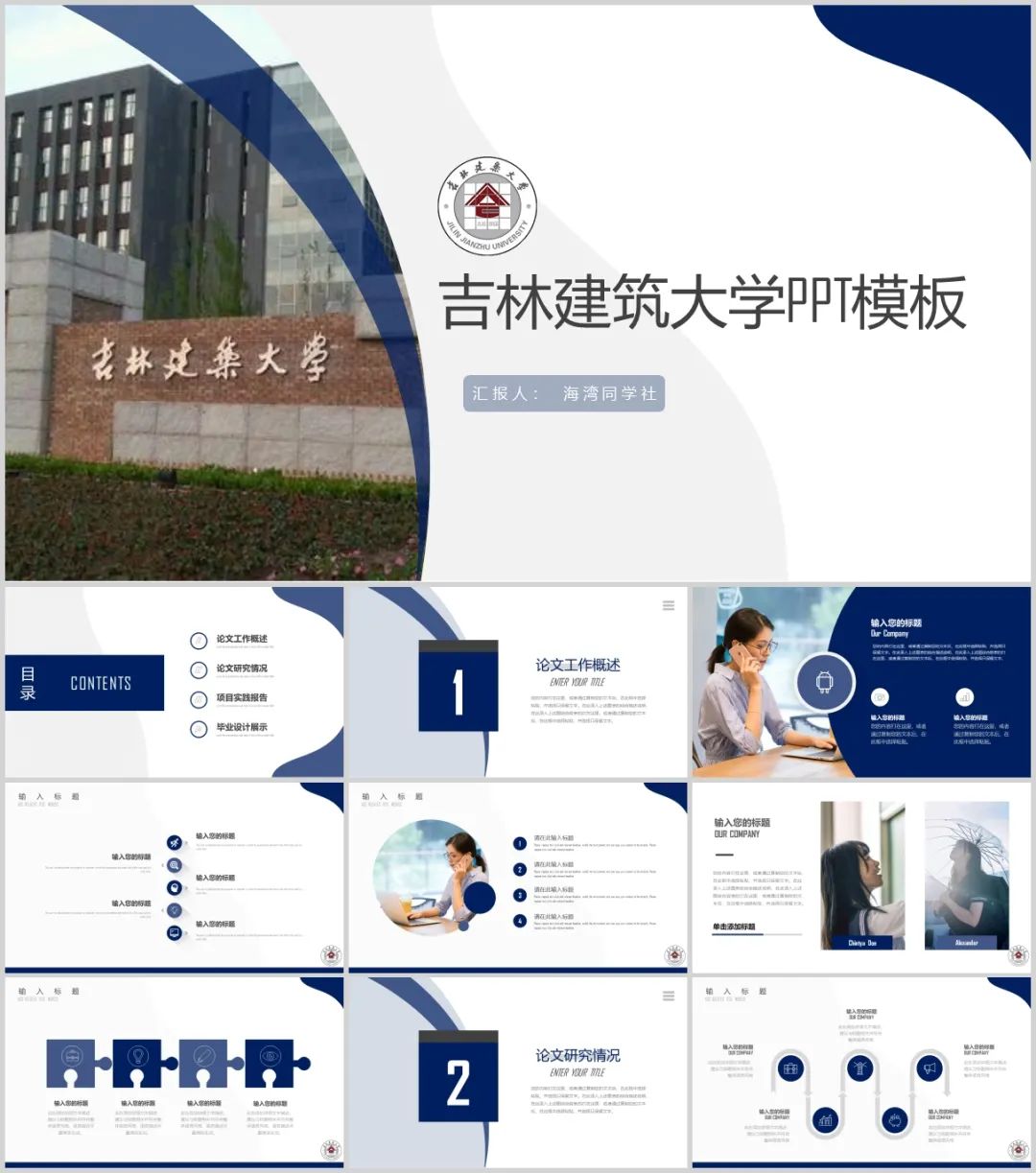The improvement of drawings and the arrangement of design and calculation data..
.
Determine the pipe diameter of the whole building water supply system according to the hydraulic calculation results (avoid changing pipe diameter according to the calculation results); determine the design lift of building water supply equipment according to the calculation data of head loss (roof fire water should be considered in the uppermost area) According to the flow calculation data, determine the design flow required by the building water supply equipment; 9
.
Determine the municipal water supply residual pressure water supply interval (generally from the underground part of the building to the upper three to four floors) according to the municipal water supply data; 3
.
The optimized plane layout and hydraulic calculation of the outdoor drainage system of the building (mainly determining the drainage pipe diameter, laying slope and buried depth); 8
.
Determine the material of drainage pipeline (generally choose metal pipe or thickened plastic pipe, and the best choice for horizontal drainage pipe is metal pipe to strengthen anti-corrosion measures); 6
.
According to the municipal drainage data, determine the overall direction of building drainage (after the collection of building sewage, it is generally discharged into the municipal drainage pipe network through the local sewage treatment structure septic tank, according to the scale of the building, the septic tank can be set in many places; pay attention to the space requirements of outdoor drainage inspection wells and the local problems of sewage flowing through the septic tank and other structures (2) determine the drainage system according to the municipal drainage situation and the building function (i.e
.
Determine the building water supply introduction point (generally two-point introduction) and control mode [generally two valves (one gate valve, one check valve) and one table]; 2
.
Draw the water supply axonometric drawing according to the plane layout of water supply pipeline, and prepare the water supply hydraulic calculation table (pay attention to whether there is centralized hot water supply; generally, only the representative water supply pipeline needs to be analyzed in detail) For detailed hydraulic calculation, other parameters such as flow, pipe diameter and head loss can be determined according to the calculation results; 8
.
Mark the number of water supply riser and draw the detailed drawing of pipe well, and pay attention to the connection between the layered water supply branch and the corresponding zonal water supply riser; 7
.
whether the drainage system adopts the diversion system – if the building is equipped with a reclaimed water system, it must be divided); 3) optimize the layout of the drainage system according to the layout of the building water supply system (the drainage system is unified and generally does not need to be divided into zones, and generally needs to design special or common auxiliary ventilation risers; the drainage risers should be used as much as possible) In addition, special energy dissipation pipe fittings should be set up in the middle and lower parts of the vertical drainage pipe and the horizontal pipe out of the house; the drainage water seal in the middle and lower parts of the building should be safe and reliable – S-type water seal is generally selected; the drainage pipe fittings generally choose the self inspection port type; 4
.
Determine the location of domestic or fire water tanks on the roof (including each partition) (the volume and shape specifications of the water tank should be calculated according to the calculation results) 5
.
Improve the drawings and arrange the design and calculation data
.
Determine the water supply area according to the building functional zoning and water consumption point data Determine the partition of domestic water supply system on the upper part of the building (the general partition principle is to partition according to the building height of 35-60m, the higher the water supply level of the building is required, the smaller the building height of the partition; in addition, the space with the same building function should be considered in the same water supply partition as far as possible); 4
.
Draw the axonometric drawing of drainage system and carry out hydraulic calculation of drainage system (mainly determine the drainage pipe diameter, laying slope and special vent pipe diameter; the outlet elevation of drainage pipe should be based on the construction requirements) 7
.
The plane layout of the drainage pipe line in the underground part of the building (except for the normal drainage points, the equipment room should be set up to drain the possible problems) 5
.
Detailed explanation of design steps of water supply system for high-rise buildings: 1
.
Optimize the layout of water supply and drainage according to the water supply area (the water supply riser of each area can be set in a pipe well to facilitate maintenance; except for special requirements, stratified water supply metering is not considered; except for special requirements, stratified water supply control is generally considered; the layout of water supply pipeline should have good hydraulic conditions; determine the material of water supply pipeline – convenient Check the corresponding hydraulic calculation table for hydraulic calculation; 6
.
If the building has a reclaimed water system, the system design should refer to the above steps; 10
.



